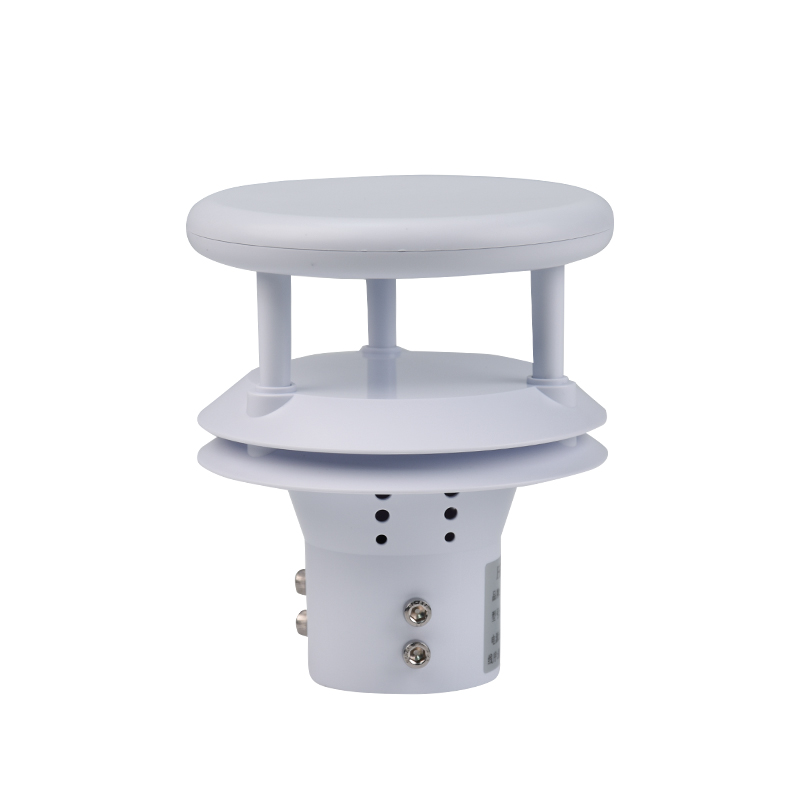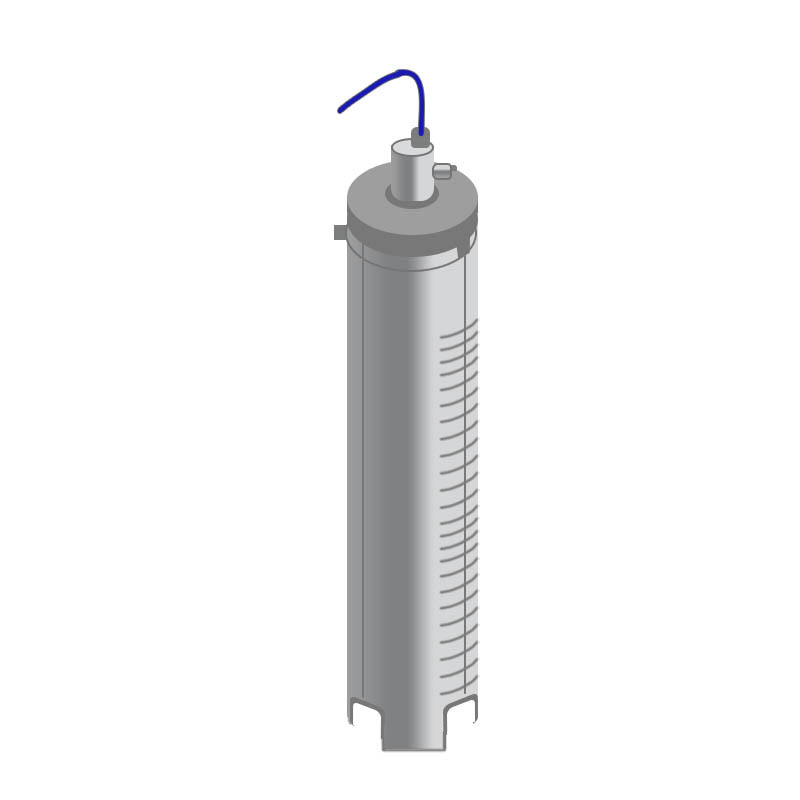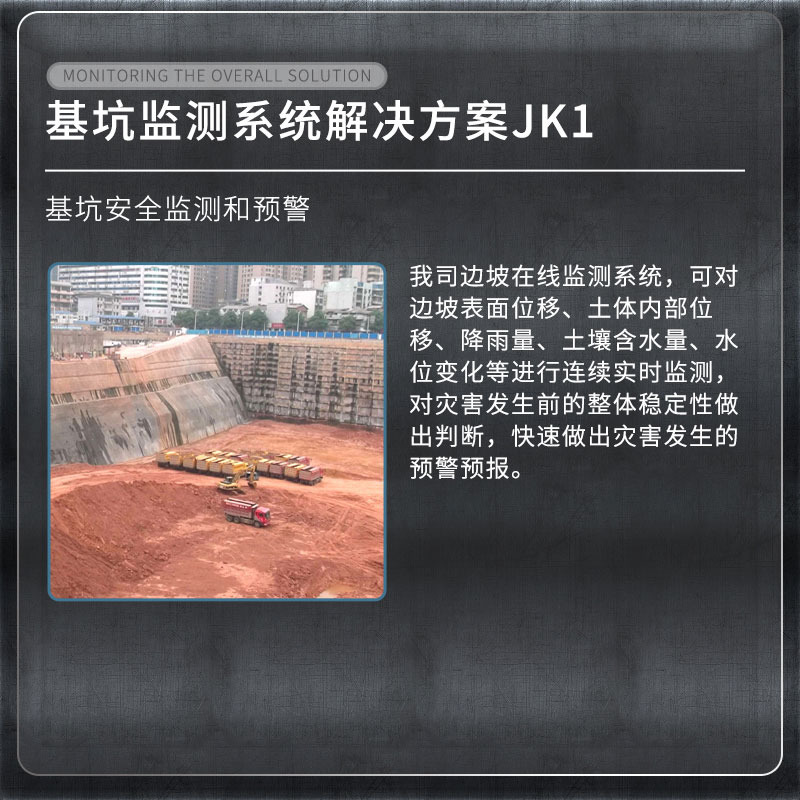Chloride ions are one of the common anions found in water. Measuring the concentration of chloride ions in water can assess the salinity of the water body. For instance, in oceanographic studies, the salinity of seawater is a key parameter, and chloride ions constitute a significant proportion of the salt components in seawater. By measuring the concentration of chloride ions, one can infer changes in seawater salinity, which is of great reference value for studying marine ecosystems, ocean circulation, and the impact of climate change on the oceans.
At the same time, in freshwater environmental monitoring, a high concentration of chloride ions may indicate water pollution. For example, the discharge of industrial wastewater (from industries such as electroplating, chemical, etc.), domestic sewage (containing chlorine disinfectants), or the use of road de-icing agents can all lead to an increase in the concentration of chloride ions in water bodies. If the concentration of chloride ions exceeds the normal range, it may pose a threat to aquatic life and affect the ecological balance of the water body.
Therefore, it is necessary to monitor the concentration of chloride ions in water bodies, and we recommend using the online chloride ion monitor FT-ZLL1.
It features a user-friendly interface and a dot-matrix LCD display, allowing users to view real-time measurement values and equipment status. The device has an internal data storage function that can record and save historical data for subsequent analysis. It supports RS485 and 4-20mA signal output, making it convenient to integrate with other monitoring systems. The device itself uses high-impedance and optocoupling isolation technology to ensure signal transmission stability and electromagnetic compatibility. It has two relays that allow users to set custom alarm thresholds and has a password protection function to prevent unauthorized access. The backlight design ensures readability of information under different lighting conditions. Known for its accuracy, stability, and ease of use.

This paper addresses:https://fengtusz.com/industry/508.html









